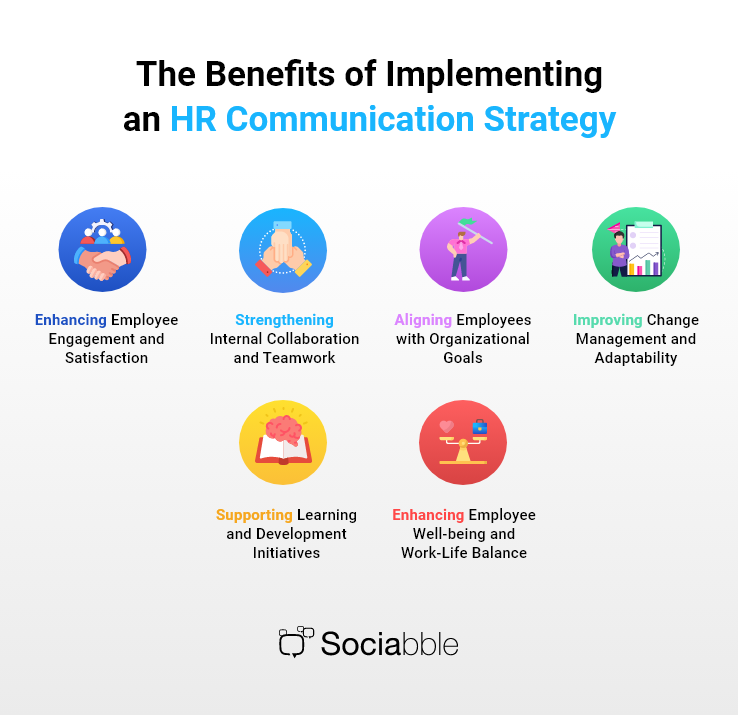Unveiling the secret formula: Discover how effective communication can effortlessly bridge the gap between management and employees.
Table of Contents
- Understanding Effective Communication
- Cultivating Trust and Mutual Respect
- Empowerment and Recognition
- Embracing Feedback and Collaboration
- Promoting Work-Life Balance
- Tools and Techniques for Effective Management
- Case Studies: Successful Implementations
- Overcoming Challenges and Roadblocks
- The Future of Management-Employee Relationships
- Conclusion
Welcome to our blog! Today’s post will explore the vital topic of building a stronger connection between management and employees. In any organization, the relationship between management and employees fosters a positive work environment and drives success. However, establishing an effective connection can often be challenging. Several factors can hinder this connection, from miscommunication to a lack of trust. This blog post will delve into practical strategies to bridge this gap and create a more harmonious and productive workplace.
Understanding Effective Communication
Communication is the foundation for any successful relationship, and the management-employee connection is no exception. Transparent and open dialogue between management and employees fosters trust and collaboration. Organizations can create a more inclusive and supportive work environment by promoting honest and frequent communication. Management should actively listen to employees’ concerns, encourage feedback, and provide clear expectations. Similarly, employees must feel confident expressing their thoughts and challenges to management.
Cultivating Trust and Mutual Respect
Trust is the cornerstone for building a strong connection between management and employees. Without trust, communication and collaboration become strained. Management can cultivate trust by being transparent about decision-making processes and providing regular updates on company objectives. Additionally, managers need to demonstrate respect for employees and their contributions actively. Recognizing achievements, showing appreciation, and treating employees fairly go a long way in fostering trust and respect within the organization.
Effective communication builds bridges, bridges that connect management and employees, paving the way for success. Unlock the secrets to better communication in the workplace with these insightful strategies. #BuildingBridges #EffectiveCommunication
Empowerment and Recognition
Empowering employees through autonomy and decision-making authority is key to fostering a stronger connection with management. When employees feel empowered, they are more likely to take ownership of their work and contribute proactively to achieving organizational goals. Recognizing and acknowledging employee contributions is equally important. Simple gestures such as public appreciation or celebrating milestones can profoundly impact morale and further strengthen the management-employee connection.
Image courtesy of www.sociabble.com via Google Images
Embracing Feedback and Collaboration
Regularly seeking employee feedback ensures a two-way communication flow between management and employees. Management should encourage employees to provide suggestions, voice concerns, and share ideas for improvement. Collaborative work environments that value and implement employee input foster a sense of ownership and belonging. When employees feel valued and see their input being considered, they are more likely to be engaged and committed to the organization’s success.
Promoting Work-Life Balance
The overall well-being of employees also influences the connection between management and employees. Promoting a healthy work-life balance is essential in this regard. Encouraging employees to take breaks, respecting personal time, and offering flexible working arrangements contribute to employee satisfaction and reduce burnout. When management prioritizes the well-being of employees, it strengthens their connection and increases productivity and employee retention.
Tools and Techniques for Effective Management
In today’s digital age, technological tools can significantly enhance communication and facilitate a stronger connection between management and employees. Collaborative platforms, project management software, and instant messaging tools are just some tools that streamline communication and encourage teamwork. In addition to technological tools, management techniques such as regular team meetings, one-on-one sessions, and performance evaluations provide effective communication and relationship-building opportunities.
Case Studies: Successful Implementations
Real-life examples of organizations successfully improving their management-employee connection can provide valuable insights and inspiration. Companies prioritising open communication, trust-building, and employee empowerment have significantly improved employee engagement, job satisfaction, and overall performance. By examining these examples and understanding their strategies, other organizations can learn from their successes and apply similar approaches to strengthening their management-employee connections.
Image courtesy of pumble.com via Google Images
Overcoming Challenges and Roadblocks
No endeavour is immune to challenges, and building a solid connection between management and employees is no exception. Identifying and addressing potential roadblocks is crucial to achieving success. Some common challenges include overcoming hierarchical barriers, managing different communication styles, and ensuring consistency in decision-making across management levels. Organizations can navigate the obstacles by proactively addressing these challenges and implementing strategies to mitigate their impact and achieve a more connected and collaborative work environment.
The Future of Management-Employee Relationships
The ever-evolving workplace landscape continues to shape the nature of management-employee relationships. As remote work and digitalization become more prevalent, finding innovative ways to connect and engage employees is essential. The future will likely see a greater reliance on virtual communication tools, increased emphasis on employee well-being, and an emphasis on leadership styles prioritising building strong team connections. An organization that adapts to these changes and actively seeks to strengthen the management-employee connection will be better equipped to succeed.
Conclusion
In conclusion, fostering a stronger connection between management and employees is crucial for the success of any organization. Effective communication, trust, recognition, collaboration, work-life balance, and utilising tools and techniques all contribute to building this connection. By overcoming challenges and proactively implementing strategies, organizations can bridge the gap and create a work environment where management and employees actively support and collaborate. Building bridges between management and employees is an ongoing process that requires continuous effort and commitment from both sides for long-term success.


